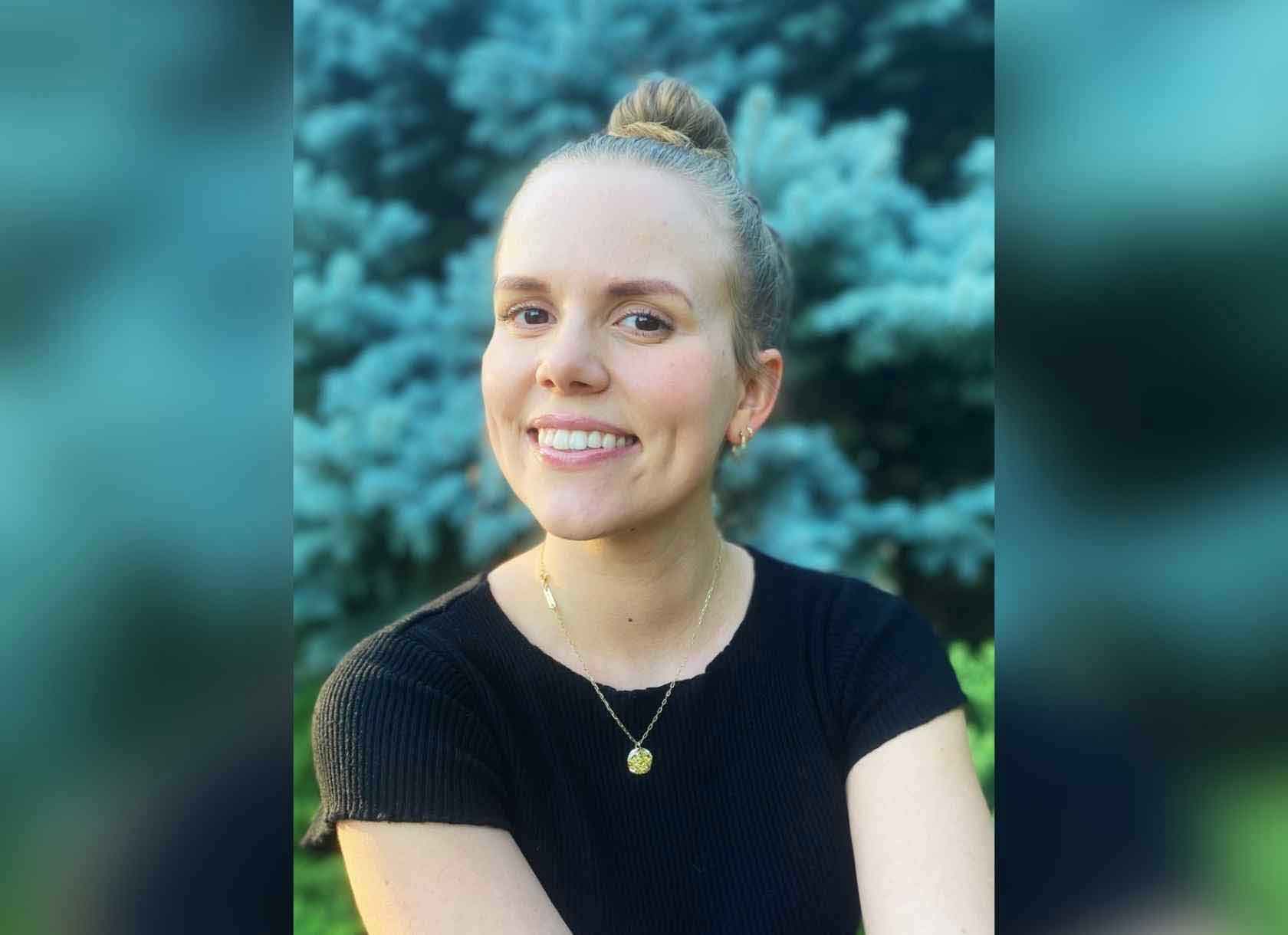
When Maya Edstrom ’22 started at Scripps with a passion for studio art, she didn’t expect to major in environmental analysis, let alone intern at a global nonprofit dedicated to helping women access clean water. But taking classes on sustainability and human-centric design across The Claremont Colleges opened her eyes to the ways she could apply her interest in design to solving environmental and humanitarian problems.
“I used to think of ‘the environment’ as something around us and outside of us, but the reality is that we are incredibly interconnected,” says Edstrom. “My classes aren’t just about using sustainable materials and building practices, they’re very focused on creating resilient communities through physical design.”
During a human-centered design course Edstrom took at Pomona College in the spring, each student was paired with a nonprofit and tasked with designing technologies to further their partner organization’s mission. Edstrom worked with Gemma Bulos, director of the Kravis Lab for Social Impact and executive director of the Global Women’s Water Initiative (GWWI), to create clean water technologies for women across Africa.
“In sub-Saharan Africa, women completely shoulder the burden of gathering water from a very young age,” explains Edstrom. According to the GWWI website, many women in rural areas can spend up to eight hours a day fetching water, and walking long distances over rough terrain without access to enclosed latrines puts women at a higher risk of violent sexual assault.
To address these problems, GWWI teaches women how to build water technologies, such as rainwater harvesting tanks, biosand filters, handwashing stations, and latrines, using only inexpensive, locally sourced materials. “The team in Africa will teach a group of women, and then those women will teach other women because they want to share the knowledge, so it creates this amazing ripple effect,” says Edstrom.
Many of the women that GWWI works with do not have any way of knowing how much rainwater remains in their rainwater catchments—often, they resort to banging on the sides of the tanks to judge the water level by the echo. During the class Edstrom took at the Rick and Susan Sontag Center for Collaborative Creativity (known as “the Hive”), she collaborated with several other students to design a simple float mechanism that would show the exact level of water in the catchment tanks at any given moment, allowing the women to better ration their stock and plan trips to collect more. Edstrom’s group also conceptualized a bucket-filtration system designed to recycle greywater leftover from bathing and washing dishes and clothes.
Having virtually met GWWI’s team in Africa and worked with Bulos during the spring semester, Edstrom jumped at the opportunity to continue her work with GWWI as an intern. Throughout the summer, she has administered surveys to some of the trainees in Africa while continuing to clean and analyze incoming data. Learning about the women’s incomes, their housing, their children’s schooling, and how COVID-19 has impacted water, sanitation, and hygiene in their communities enables GWWI to understand the challenges and successes in each region and adapt its approach accordingly.
As her main passion project, Edstrom has also been designing an interactive story map for the organization’s website to show all the sites where GWWI trainees have built water technologies or trained other women. Collecting this kind of information is not always easy. “I’ve been struggling to pinpoint where everything is, because some of the sites are straddling two countries, or else they’re so rural or small that they’re not in Google Maps,” she says.
But Edstrom also finds Geographic Information System (GIS) mapping extremely rewarding. “When we’re collecting this data, we’re asking, ‘how many people is this technology affecting?’ and the responses can be pretty incredible,” she says. “For example, one handwashing station might serve a thousand people. Our organization is small but mighty, and I’m hoping to show the trainees and the donors who support our work their collective impact.”
After graduating from Scripps, Edstrom plans to continue developing her skills in GIS mapping by enrolling in a certification program. “To me, GIS is at this wonderful intersection between scientific analysis and artistic design,” she says. Long term, she hopes to draw on the experiences she’s gained at GWWI to continue making an impact at nonprofits. “I want to keep looking at the human side of environmental analysis,” she says. “In the coming years, climate change will likely force large-scale migrations, and I hope to be able to use my knowledge and skills to address those kinds of issues.”

